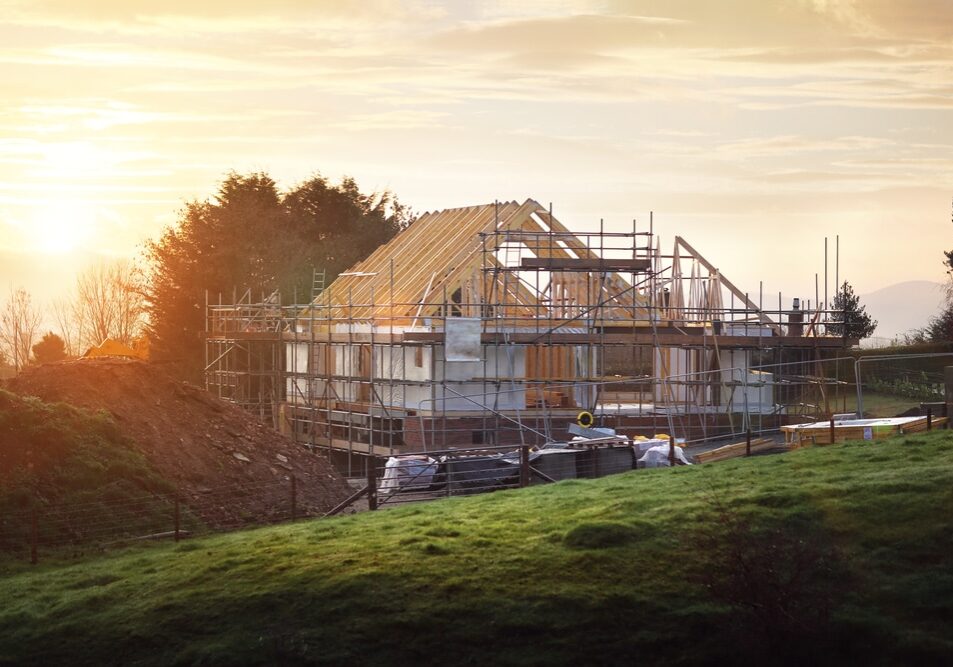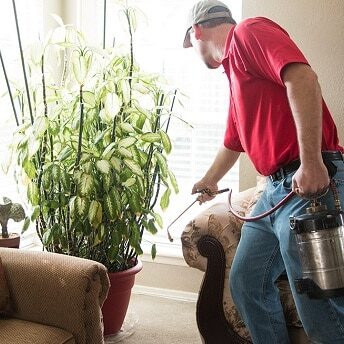Urbanization is reshaping the world we live in, transforming rural landscapes into bustling cities and densely populated neighborhoods. While urban growth brings many benefits such as improved infrastructure and economic opportunities, it also significantly impacts the natural environment — including the behavior and population dynamics of pests.
For homeowners living in urban and suburban areas, understanding how urbanization influences pest populations is essential for effective pest prevention and control. In this post, we’ll explore the various ways urbanization affects pests, common urban pests and their adaptations, the challenges unique to pest control in cities, and practical tips to help keep your home pest-free in an urban setting.
Urbanization: What It Means for the Environment
Urbanization refers to the process by which rural areas develop into cities, increasing population density and changing land use. This rapid growth involves construction of homes, roads, commercial buildings, and other infrastructure, leading to profound changes in natural habitats.
As green spaces shrink and ecosystems are disrupted, many native species decline or relocate. However, some organisms—especially pests—adapt quickly and even thrive in the altered urban environment.
Cities also create unique microenvironments. One example is the “urban heat island” effect, where temperatures in city centers can be significantly higher than surrounding rural areas. Altered water drainage and increased impermeable surfaces change how water collects and moves, often creating pockets of standing water and moist areas that pests favor.
Understanding these environmental shifts helps homeowners recognize why pest activity can increase and change in urban areas.
How Urbanization Influences Pest Populations
Urban areas generate large amounts of waste daily. Improper disposal of garbage and food waste provides abundant food sources for pests like rodents, cockroaches, and flies. Overflowing trash bins, litter, and poorly managed compost can attract these pests in large numbers.
Buildings and infrastructure also offer ample shelter. Cracks in foundations, gaps around doors and windows, utility lines, and cluttered basements or attics provide perfect hiding and nesting spots. This shelter availability supports larger, more resilient pest populations.

Common Urban Pests and Their Adaptations
Rodents (Rats and Mice)
Rodents are among the most adaptable urban pests. They thrive in close proximity to humans because cities provide reliable food sources and shelter. Rats often nest in sewers, basements, and wall voids, while mice can squeeze into tiny cracks and cluttered areas.
Urban rodents have learned to exploit human behavior, scavenging from garbage and hiding in infrastructure. Their high reproduction rate and nocturnal habits make them challenging to control without professional help.
Cockroaches
Cockroaches are resilient survivors and common in urban environments. They flourish in sewers, garbage disposal areas, and inside homes where food and moisture are plentiful.
These pests are highly adaptable and can withstand harsh conditions, making them difficult to eradicate. Their ability to hide in small crevices and rapid breeding cycles contribute to persistent infestations.
Mosquitoes
Mosquitoes in urban areas breed in standing water found in storm drains, gutters, discarded tires, flower pots, and other containers. Certain species, such as the Aedes mosquito, are well-adapted to urban settings and are capable of spreading diseases.
Mosquito populations increase rapidly in warm, wet conditions typical of urban
environments, especially during summer months.
Ants and Termites
Ants and termites have also adapted well to urban landscapes. Ant colonies can
establish nests in lawns, gardens, and building foundations, while termites often invade wooden structures, causing significant property damage.
Urban landscaping, mulch beds, and moisture issues create ideal nesting conditions for these pests, necessitating regular inspections and treatments.
Other Pests
Spiders, bed bugs, flies, and other insects also find urban environments conducive to survival. Bed bugs, for example, spread easily in multi-unit housing due to close living quarters and high occupant turnover.
Pest Challenges Unique to Urban Environments
Urban living presents specific challenges for pest management:
-
Increased Pest Resistance:
Frequent pesticide use in cities can lead to resistant pest populations, making control more difficult.
-
Close Proximity of Buildings:
Shared walls and infrastructure in apartment complexes and commercial districts facilitate pest movement between units.
-
Public Health Concerns:
Urban pests can transmit diseases and contaminate food, posing health risks to dense populations.
-
Limited Access:
Pest control professionals may face difficulties accessing certain areas due to traffic, security, or space constraints.
These challenges require tailored, comprehensive pest control strategies that go beyond standard treatments.
Best Practices for Urban Pest Management
IPM focuses on combining multiple strategies—biological, cultural, physical, and chemical—to manage pests effectively and sustainably. For urban homeowners, IPM means:
- Regular inspections and monitoring
- Reducing pest attractants like food and water
- Sealing entry points and maintaining building integrity
- Using pesticides responsibly and only when necessary
Proper waste disposal is critical. Ensure trash bins have tight-fitting lids, remove
garbage regularly, and keep compost areas managed to avoid attracting pests.
Seal cracks and gaps in walls, doors, and windows. Repair leaks promptly to eliminate moisture sources that pests need.
Keep shrubs and trees trimmed away from structures. Avoid excessive mulch near foundations that can harbor pests.
Urban pest control is most effective when neighbors and communities work together. Shared responsibility for cleanliness and maintenance helps reduce pest populations city-wide.
Given the complexities of urban pest issues, partnering with experienced pest control professionals is vital. They provide tailored solutions, ongoing monitoring, and expertise in managing urban-specific pest challenges.

At Emtec Pest Control, we are committed to safe and responsible pest control. We understand that your family’s safety is your number one priority, so we make it our priority, too.
If you have any other questions about any of these pests or pest control for your home or business, contact your Oklahoma pest control experts at Emtec Pest Control by calling us or by filling out our online contact form.
